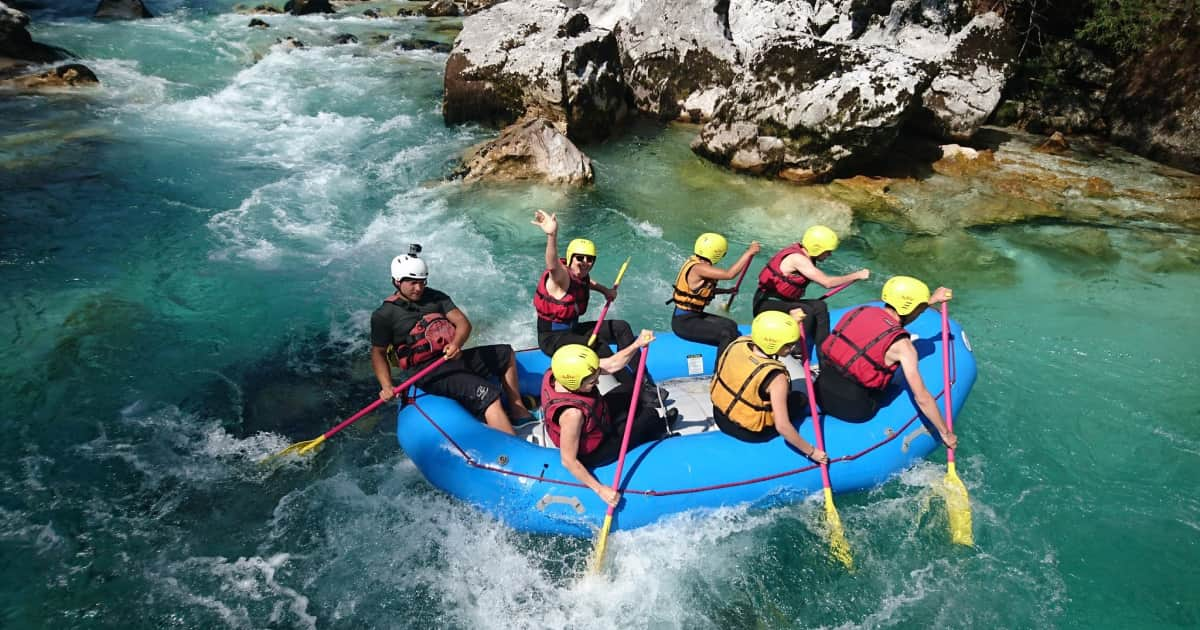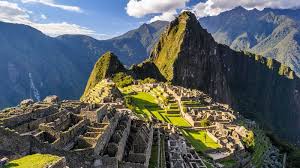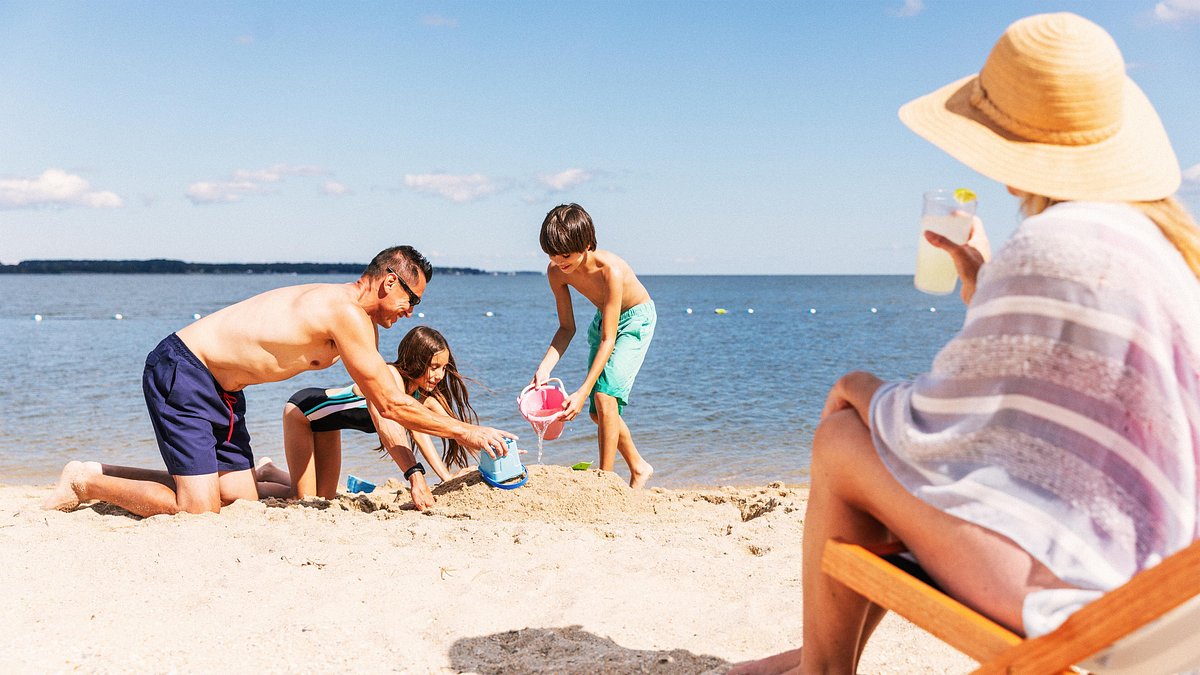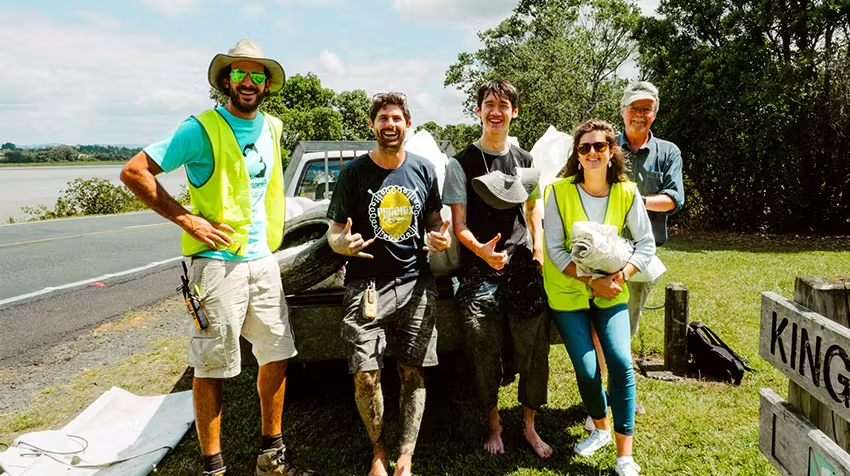
Hey there, fellow wanderer. Picture this: You’re perched on a jagged cliff in Patagonia, wind whipping your face as you clip into a harness for your first rappel. Your heart’s pounding, not from fear exactly, but from that electric buzz of stepping into the unknown. That’s adventure travel in a nutshell—raw, real, and ridiculously alive. I’ve chased that feeling from the misty trails of Nepal to the sun-baked dunes of Morocco, and let me tell you, it’s not just about the adrenaline. It’s about rediscovering who you are when the world gets a little wild. If you’re itching to trade your desk chair for a trekking pole, this guide’s your roadmap. We’ll unpack everything from the basics to booking your first big trip, all drawn from years of scraped knees and sunrise summits.
The Essence of Adventure Travel
At its core, adventure travel blends exploration with a dash of risk—think hiking remote trails, paddling wild rivers, or diving into cultural deep ends like a local homestay in the Himalayas. It’s not your average beach lounging; it’s active immersion in nature, culture, and self-challenge, often requiring some physical grit or specialized know-how. According to the Adventure Travel Trade Association, it’s any trip that mixes physical activity, cultural exchange, and outdoor vibes, pushing you just beyond your comfort zone.
What sets it apart from regular tourism? The unpredictability. One minute you’re mapping a route; the next, a sudden storm reroutes your whole day. I remember my first multi-day trek in New Zealand’s Fiordland—plans went out the window when a bridge washed out, turning a simple hike into an impromptu bushwhack with a ragtag group of strangers. We laughed through the mud, bonded over instant noodles, and emerged closer than family. That’s the magic: It’s transformative, forging connections and stories you can’t Instagram.
A Brief History of Adventure Travel
Adventure travel isn’t some millennial fad—it’s woven into human DNA, from ancient explorers charting unclaimed lands to modern thrill-seekers scaling sheer faces. Think Marco Polo’s Silk Road odyssey in the 13th century, dodging bandits and marveling at exotic courts, or the 1953 Everest summit that gripped the world post-WWII. These weren’t vacations; they were quests blending survival with discovery, fueling tales that still spark wanderlust today.
Fast-forward to now, and it’s booming. The ATTA pegs the industry at over $300 billion globally, thanks to accessible gear, eco-conscious operators, and a post-pandemic hunger for “real” experiences. Women, once sidelined, now lead the charge—participation’s up 30% in a decade, closing the gender gap in everything from surf camps to polar expeditions. It’s evolved from elite expeditions to inclusive escapes, but the spirit? Pure, unfiltered pursuit of the horizon.
Types of Adventure Travel
Adventure comes in flavors to suit every daredevil—or not-so-daredevil. Broadly, it’s “soft” for beginners (gentle hikes, scenic kayaks) versus “hard” for pros (ice climbing, solo overlands). Soft adventures emphasize fun and accessibility, like a guided bike tour through Tuscany’s vineyards, while hard ones crank the intensity—white-water rafting Class V rapids or multi-week treks in the Amazon.
The beauty? You can mix and match. Ecotourism overlaps with wildlife safaris in Costa Rica, where spotting sloths doubles as conservation chats. Experiential trips might dive into cultural immersion, like learning Maasai beadwork on a Kenyan savanna campout. And don’t sleep on niche twists: Voluntourism builds trails in rural Vietnam, or culinary adventures forage wild edibles in Iceland. Whatever your vibe, there’s a type that whispers (or shouts) your name.
Soft Adventure: Easing In
Soft adventures are the perfect gateway—low-stakes thrills that build confidence without overwhelming. Imagine cycling flat paths along Croatia’s Dalmatian coast, stopping for olive oil tastings, or snorkeling calm reefs in Belize with a guide spotting hidden sea turtles. These trips prioritize enjoyment over exhaustion, often capping daily efforts at 4-6 hours.
They’re ideal for families or fitness newbies, blending light activity with downtime. I eased into adventure with a soft rafting float on Utah’s Colorado River—gentle splashes, canyon echoes, and zero portaging. By day’s end, I felt accomplished, not annihilated, proving you don’t need Everest to earn the “adventurer” badge.
Hard Adventure: Pushing Limits
Hard adventures? That’s where the real edge lives—high-risk pursuits demanding skills, stamina, and sometimes sheer stubbornness. Picture free-soloing El Capitan’s granite walls or navigating Patagonia’s treacherous Torres del Paine circuits, where blizzards can flip a hike into a survival saga. These demand training: Certifications for scuba in the Galápagos or avalanche awareness for backcountry skiing in Japan.
The payoff’s immense—euphoria from summiting, unbreakable bonds from shared peril. My hardest? A week-long mountaineering course in the Cascades, roped to novices amid crevasse fields. One slip could end it all, but cresting that peak? Life-altering. Just remember: Hard doesn’t mean reckless; it’s calculated chaos with expert guides.
Benefits of Adventure Travel
Ditching the resort for rugged paths isn’t just fun—it’s a full-body, mind-and-soul upgrade. Physically, it torches calories (a day hike rivals gym hours) while boosting endurance and sleep quality. Mentally? That “flow” state—total absorption in the moment—slashes stress, sharpens focus, and combats burnout. Studies from the ATTA show adventurers report 20% higher life satisfaction, thanks to novel challenges rewiring your brain for resilience.
Socially, it’s a connector: Shared campfires spark lifelong friendships, while cultural dives foster empathy. Environmentally, responsible trips fund conservation—your trek fees might protect a rainforest acre. And economically? It juices local livelihoods, from Nepali porters to Icelandic horse guides. For me, a solo Amazon paddleboard jaunt turned isolation into revelation: I returned tougher, happier, and oddly wiser about privilege.
Risks and How to Mitigate Them
Every thrill has a shadow—adventure travel amps injury odds from slips to altitude woes, plus remote spots delaying rescues. The CDC notes higher illness risks in wild areas: Think giardia from untreated streams or frostbite on polar jaunts. Weather flips, wildlife encounters, even political unrest add layers.
But fear not; prep turns peril into precaution. Start with fitness baselines—train progressively to avoid strains. Gear up right: Quality boots prevent twists, helmets save noggins. Insurance is non-negotiable—standard policies skip “extreme” sports, so snag adventure-specific coverage for evacuations up to $500K. I once twisted an ankle mid-trek in Peru; my policy covered heli-lift and rehab, turning disaster into a funny scar story. Guides? Gold—certified ones spot hazards you miss.
Common Risks Breakdown
- Physical Injuries: Falls, strains—mitigate with terrain scouting and buddy systems.
- Health Hazards: Dehydration, bugs—pack kits with rehydration salts, DEET, and meds.
- Environmental Dangers: Hypothermia, flash floods—check forecasts, layer smart.
Humor helps too: My “risk” in Bali? A monkey army raiding my pack. Lesson? Secure snacks, laugh it off, live on.
Top Adventure Destinations for 2025
2025’s lineup screams variety—from rewilding Finland’s forests to Laos’ zipline jungles. Lonely Planet crowns Kazakhstan for uncrowded Silk Road hikes, while Tripadvisor spotlights Bulgaria’s Bansko for year-round nomad vibes. Morocco’s Atlas Mountains beckon with new direct flights from NYC, blending Berber culture and Sahara sails.
South America’s heating up: Peru’s Huayhuash Circuit rivals Everest Base Camp drama, minus crowds. For polar chills, Antarctica’s small-ship cruises offer whale pods and icebergs. And don’t overlook underdogs like North Macedonia’s EYOF trails or Chile’s Patagonia estancias. Pro tip: Book early—slots vanish fast.
| Destination | Best For | Why 2025? | Avg. Cost (per person) |
|---|---|---|---|
| Kazakhstan | Hiking, History | Uncrowded trails, new eco-lodges | $1,500–$2,500 |
| Laos (Vang Vieng) | Ziplining, Tubing | Adrenaline rivers, low crowds | $800–$1,200 |
| Morocco (Atlas) | Trekking, Culture | Direct US flights, sustainable camps | $1,200–$2,000 |
| Peru (Huayhuash) | Mountaineering | Touching the Void vibes, permits eased | $2,000–$3,500 |
| Finland | Rewilding Walks | Nature-positive tours, aurora bonus | $1,000–$1,800 |
Essential Gear for Adventure Travel
Gear’s your silent partner—reliable kit means focusing on views, not blisters. Essentials? A versatile daypack (20-30L) like the Osprey Talon for hikes, quick-dry layers (merino wool base, Gore-Tex shell), and sturdy boots broken in pre-trip. Hydration’s king: Collapsible bottles or bladders prevent “camel regrets.”
Tech-wise, a solar charger keeps your GPS humming; apps like AllTrails map routes offline. First-aid? Bandages, tweezers for splinters, altitude meds if high-elevation. I swear by my Buff—scarf, hat, or sun shield in one. Budget $300-500 for starters; thrift or rent to test fits.
Packing Pros & Cons
- Pros: Tailored kits boost confidence; multi-use items save space/weight.
- Cons: Overpacking kills mobility; cheap gear fails fast—invest wisely.
Travel light: My rule? If it doesn’t fit in a 40L bag, it stays home.
Planning Your First Adventure Trip
Newbies, breathe—planning’s half the fun. Start with intent: Solo soul-search or group giggles? Budget $1,000-3,000/week, including flights. Scout operators via ATTA’s directory for vetted guides. Book 6-9 months out for peaks like Everest Base Camp.
Navigational help? Sites like REI’s trip finder or G Adventures for small-group vibes. Transactional side: Best tools? World Nomads insurance, Booking.com for hybrid stays, and Strava for tracking fitness. My first? A guided Costa Rica zip-line tour—$800, zero regrets.
Step-by-Step Beginner Plan
- Assess Fitness: Walk 5 miles daily; build to hikes.
- Choose Activity: Match skill—kayak if water-loving, trek if land-bound.
- Book Smart: Use promo codes; bundle gear rentals.
- Train Mindset: Read “Wild” by Cheryl Strayed for grit inspiration.
One hiccup? My Iceland booking mix-up landed me in a geothermal hot spring instead of a hike—serendipity at its finest.
Real-Life Adventure Stories
Stories breathe life into the stats. Take Tim Cope’s 3-year horse trek across Eurasia, mirroring Genghis Khan’s paths—blizzards, wolf attacks, nomadic bonds that reshaped his worldview. Or Nellie Bly’s 1889 global sprint, circling Earth in 72 days as a female journalist, shattering norms and headlines.
Modern twist: Wasfia Nazreen’s 2014 solo Seven Summits climb, conquering peaks as a Bangladeshi woman to empower girls back home. Her frostbitten fingers? Badges of defiance. Me? That Patagonia rappel ended with tears—not fear, but joy at proving I could. These tales remind us: Adventure’s not destinations; it’s the “you” it uncovers.
Pros and Cons of Adventure Travel
| Aspect | Pros | Cons |
|---|---|---|
| Physical | Builds strength, endorphin highs | Risk of strains, exhaustion |
| Mental | Boosts resilience, clarity | Stress from unknowns |
| Social | Forges deep connections | Group dynamics clashes |
| Cost | Value-packed memories | Gear/insurance upcharges |
Bottom line: Pros eclipse cons when you’re all in—embrace the mess for the masterpiece.
People Also Ask
What is adventure travel for you?
It’s personal alchemy—turning “what if” into “I did.” For some, it’s skydiving Bali’s cliffs; for others, a quiet dawn paddle in Manitoba’s lakes. Mine? That raw pulse when landscapes dwarf you, yet you feel infinite. Yours? Chase what lights your fire.
How do I start adventure travel as a beginner?
Dip a toe: Local day hikes or intro classes like REI’s rock climbing. Build gear gradually—start with trail shoes, not full kits. Book a guided soft adventure; G Adventures’ Costa Rica tours are newbie gold. Remember my first? A shaky zip-line—now I’m hooked.
What are the benefits of adventure travel?
Beyond the glow-up (fitter body, sharper mind), it’s empathy earned—sharing tea with Andean farmers or dodging Thai monsoon laughs. It rewires priorities: Less stuff, more stories. Plus, that post-trip high? Better than any spa.
Is adventure travel safe?
Safer than texting while driving, with prep. Stats show guided trips slash risks 70%. Vet operators, layer insurance, heed guides. My Morocco dune crash? Bumpy, but harnessed—turns out, sand’s forgiving.
What’s the difference between adventure and eco-tourism?
Adventure amps the action (raft, climb); eco focuses stewardship (low-impact wildlife watches). They overlap—like sustainable Everest treks funding Sherpa schools. Blend ’em for guilt-free thrills.
FAQ
How much does a beginner adventure trip cost?
Expect $1,000–$2,500 for a week, covering guides, gear, and basics. Factor flights separately—budget airlines like Norse Atlantic shave hundreds. My Peru jaunt? $1,800 all-in, worth every sol.
What vaccinations do I need for adventure travel?
Depends on turf: Routine shots (MMR, flu) plus hep A/B, typhoid for most. High-risk? Rabies for remote romps. Check CDC’s destination tool; I got mine at a travel clinic—quick and covered by insurance.
Can families do adventure travel?
Absolutely—soft versions shine. Think kid-friendly Banff gondola hikes or Belize cave tubing. Operators like REI Adventures tailor ages; ours in Yellowstone? Kids still rave about geyser “eruptions.”
How do I choose a tour operator?
Seek ATTA certification for ethics and expertise. Read reviews on Tripadvisor, chat past clients. Prioritize small groups (8-12) for intimacy. I vetted my Nepal outfitter via forums—spot-on service.
What’s one must-pack item for any adventure?
A journal. Not just notes—doodles, doubts, triumphs. It anchors chaos into clarity. Mine’s dog-eared from a decade’s detours; rereading? Time travel without the jet lag.
There you have it—your launchpad to adventures that stick. What’s calling you first? Grab that pack, plot that path, and go make your story legendary. Safe trails, wild hearts.




More Stories
Nature and Adventure Travel in the Wild
World’s Best Countries For Adventure Tourism, 2025
What Is Adventure Travel: The Complete Guide